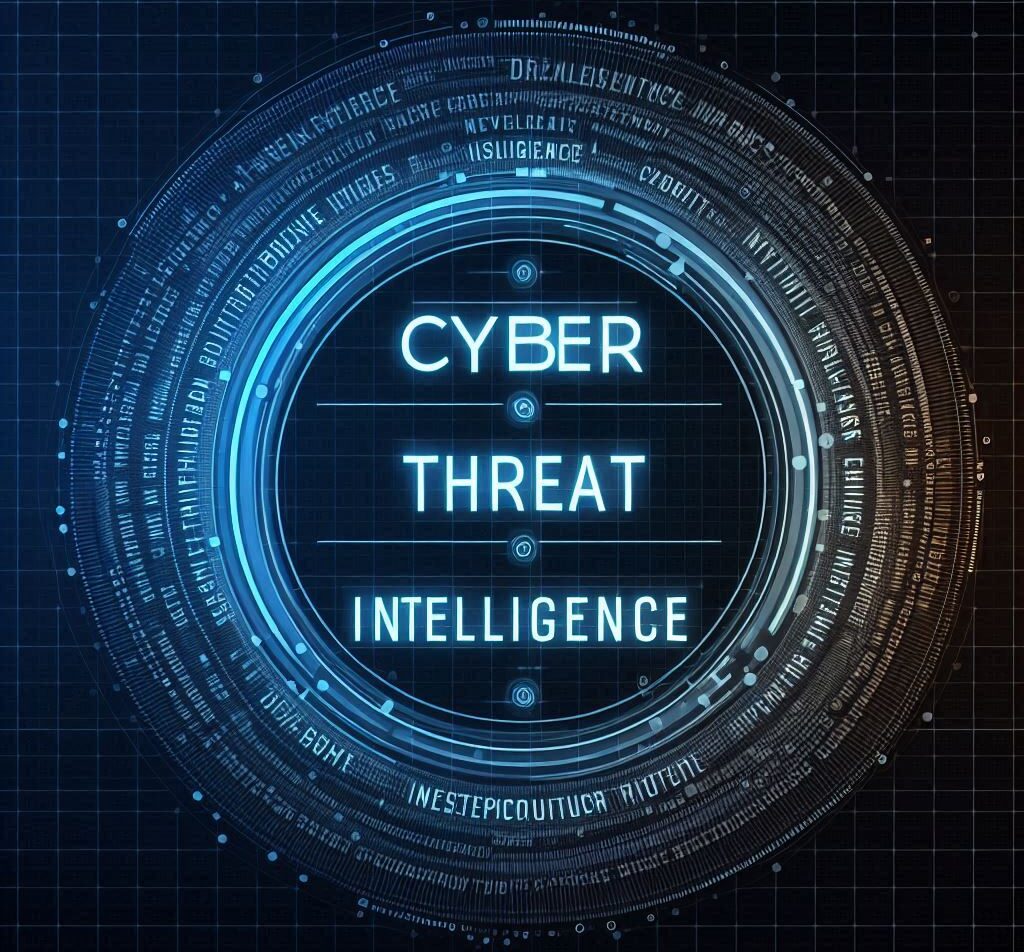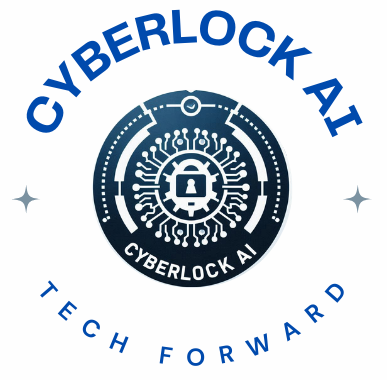 Artificial Intelligence, or AI, isn’t just another buzzword floating around the tech world. It’s real, it’s powerful, and it’s changing the way we approach a bunch of tasks, especially in cybersecurity. AI’s capabilities, like learning from data and recognizing patterns, make it perfect for helping out in the cyber realm.
Artificial Intelligence, or AI, isn’t just another buzzword floating around the tech world. It’s real, it’s powerful, and it’s changing the way we approach a bunch of tasks, especially in cybersecurity. AI’s capabilities, like learning from data and recognizing patterns, make it perfect for helping out in the cyber realm.
Let’s begin with Cyber Threat Intelligence (CTI). It’s like having a sneak peek into potential security threats that could mess up an organization. CTI is all about collecting and analyzing information about threat actors, tactics, and techniques, giving companies the upper hand in protecting their digital assets.
When you mix AI with CTI, you’ve gotten an incredible combination. AI enhances everything CTI stands for like faster threat detection and smarter decision-making. Instead of waiting for an attack to occur, organizations can now predict and prevent these threats from happening in the first place. AI-powered CTI isn’t just quicker; it’s more accurate and efficient. That means less time dealing with false alarms and more time focusing on real issues.
AI boosts threat detection by sifting through tons of data in no time, spotting patterns and anomalies that might indicate a cyber threat. This proactive stance shifts the focus from reaction to prevention. As threats evolve and become more sophisticated, relying on traditional methods alone just won’t cut it. AI is here to up the game.
AI-driven Threat Detection: The New Frontier
Artificial Intelligence has become the secret weapon in the battle against cybersecurity threats. It’s not just about keeping up—it’s about staying one step ahead. With AI, organizations aren’t playing catch up. Instead, they’re predicting and neutralizing emerging dangers before these threats even hit.
The magic lies in real-time data processing and threat analysis. AI learns from tons of data streams and identifies patterns and anomalies that humans might miss. Imagine a virtual security guard that never sleeps. Whether it’s detecting unauthorized access or unusual data transfers, AI has got it covered, warning you before issues become disasters.
Companies worldwide are using AI to predict cyber-attacks. These case studies highlight AI’s role in transforming threat detection. Banks, e-commerce sites, and healthcare sectors are among those who see fewer breaches and faster response times, all thanks to AI’s intervention.
To benefit from AI-driven threat detection, it’s crucial for organizations to keep their systems updated and train their AI models continuously. As threats evolve, so must AI. It’s about maintaining a cutting-edge arsenal in cybersecurity. The key takeaway: Embrace AI as your digital ally and stay ahead in a world where new threats are always around the corner.
The Human-AI Collaboration in Cyber Security
AI brings incredible capabilities to the table, but it’s not the whole solution when it comes to tackling cyber threats. Human expertise is crucial in interpreting the complex data that AI algorithms churn out. Think of it as a partnership where AI handles the heavy lifting, and humans make nuanced judgments.
Roles in cybersecurity are evolving. More than ever, there’s a need for analysts who can work alongside AI systems, understanding and acting on the insights provided. As AI takes on more routine tasks, cybersecurity professionals can focus on strategic planning and decision-making, driving forward a more secure environment.
Creating seamless human-AI collaboration is all about strategy and training. Organizations should invest in educating their teams on how to interact effectively with AI systems. This means training programs tailored to understanding AI’s outputs, technologies, and limitations. The goal is to make AI an intelligent sidekick that complements human intuition and experience.
Remember, machines are great at processing data, but they lack the contextual understanding and ethical judgment that humans have. By combining AI with human skills, organizations can achieve a powerful synergy, ensuring that cybersecurity measures are comprehensive and resilient against even the most sophisticated threats.
Future Prospects and Ethical Considerations
AI in cyber threat intelligence is at an exciting crossroads, and the future possibilities seem endless. Imagine AI systems so advanced they can anticipate cyber threats before they fully form. We’re not just talking about improvements here; we’re talking about leaps in security intelligence. The drive is towards creating AI that learns in real-time, improving its own algorithms as it goes.
Looking ahead, the focus is on refining the integration between AI and existing cybersecurity frameworks. This means developing AI solutions that are more adaptive, efficient, and scalable across various environments. Leveraging AI’s learning capabilities, organizations can predict potential threats by analyzing evolving threat landscapes and patterns.
However, with great power comes the need for responsibility. As we lean on AI more, ethical concerns around its deployment gain importance. There’s a balancing act between using AI for defense and ensuring privacy is respected. Organizations must navigate these waters carefully, keeping transparency and accountability front and center.
Developing trustworthy AI systems means putting ethical guidelines in place from the get-go. This involves ensuring AI transparency, eliminating biases in AI algorithms, and setting clear rules for AI decision-making processes. Adhering to ethical standards not only builds trust but also fortifies the systems against misuse.
In embracing AI’s role in cyber threat intelligence, organizations can revolutionize their defense strategies. Staying updated with AI advancements is key, but so is maintaining an ethical compass to guide the development and use of these powerful tools.

-Good article about AI combined with CTI; haven’t heard so much about the latter when compared with the first.
-It seems as though that CTI is apparently quicker when powered by AI; HOW much quicker?
-I can’t imagine never sleeping as a way of gathering data in the same way as machine can; crazy stuff.
-That being said, it makes a lot of sense why companies and banks are using AI in this way; as it relates to security, of course.
-It also takes a lot of work/resources to keep everything up to date, as well.
-It’s great stuff, really; thank you so much,
ALEJANDRO G.
Hi Alejandro,
Thanks for your comment! You’re right—Cyber Threat Intelligence (CTI) doesn’t get as much attention as AI, but it plays a crucial role in cybersecurity. When powered by AI, CTI can analyze and correlate threat data in real time, significantly reducing response times from hours or days to just minutes or seconds. This ability to operate 24/7 without fatigue is a game-changer, especially for companies and banks relying on AI-driven security to stay ahead of evolving threats.
That said, maintaining AI-powered CTI requires ongoing effort—constant updates, high-quality data, and expert oversight to ensure accuracy. While AI enhances speed and efficiency, human analysts remain essential for interpreting complex threats and refining models. Glad you enjoyed the article, and I appreciate your feedback!
Thank you again for the comment.
Jessie
Thank you, Alejandro, for reading this post. The reason I got interested in Artificial Intelligence was through a job interview. I had very little knowledge about it, which may have cost me the job. I started doing research into the topic and it opened up a whole new world for me. As I continue to research various topics, I will be sure to add them here. Check back because I try to upload once a week. If you have a topic I should research, feel free to add them here and I will put out what I discover. Also, if you come across anyone who has work experience in Cyber Security, Machine Learning or AI. I will be starting a recruiting firm in the next few months to help people with placement in these positions.